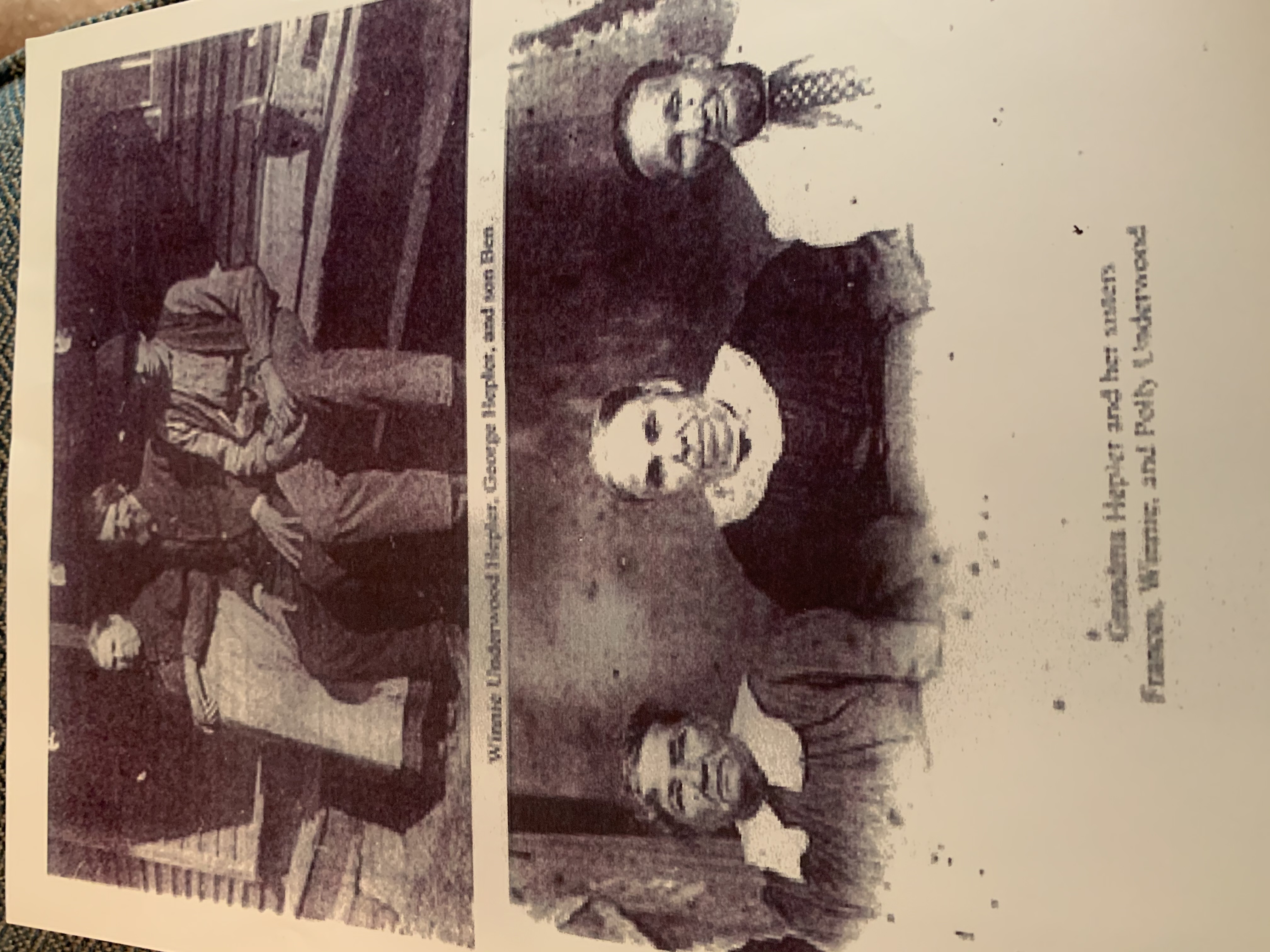Welcome!

Lauding the ladies of my line
Editor’s note: Today’s column is devoted to the ladies, those valiant souls whose quiet courage and tenacity helped to found this country. Thank you for persevering. And thank you for passing down your traits - and your stories to me. It’s my honor to share them.
In tracing my family tree, I initially started with the male lines, believing the mores of the past tended to favor men. I thought it would be easier to follow and provide more information.
Boy, was I wrong. Some of my greatest finds fell into place through the ladies of my lineage.
***
My daddy’s Miller line was giving me fits. I had successfully followed the trail from Daddy to his father, Roscoe, and grandfather, Alfred, only to hit a snag in an online 1900 census that listed Alfred’s wife as Sarah. Except no tree on ancestry.com paired a Sarah with an Alfred at that time and place.
Time to seek help from the library’s Randolph Room. Thanks to Roberta Gavin for locating the handwritten census which clearly showed that “Sarah” was actually “Larah” spelled phonetically instead of the correct “Laura.” What a difference one letter made.
With that bit of information, I learned Laura was a Hughes, and her parents were Dovie and Alson Hughes who are buried at Pleasant Hill United Methodist Church in western Randolph. Gleefully, I posted that on Facebook, and received a message from Jane Hughes Redding, our esteemed Asheboro City Council member and local attorney, who told me we shared Alson and Dovie as common ancestors.
Through Jane, I connected the dots to Dovie’s mother, Lavenia Steed Nance, and up her line to Ebenezer Hearne, a Revolutionary War soldier who served as a private on the North Carolina Continental line and is buried at Macedonia United Methodist Church in Montgomery County.
But it gets better. The line continues, I discovered by chance while perusing my great-great-grandmother Mary Hall’s branch in the library surname files, three more generations ... to William “the Merchant” Hearne. A captain in the army of Oliver Cromwell — yes, THAT Cromwell — he would later leave England, make a fortune in the Caribbean, immigrate to Maryland and build an estate, St. Kitts, that would remain in the family for 200 years.
Eureka! What a genealogical gem!
***
I had much that same feeling when I followed the lines of my two Pierce foremothers, Lucy Pierce Loflin, and Susannah Pierce Miller, all the way to the Isle of Wight.
I had never heard of the small Virginia colony with the strange-sounding name. Settled in 1618, about a decade after Jamestown, it is located farther up the James River.
The colony is named after Isle of Wight, the home of some of the financial bankers and the largest island in England, a popular holiday resort due to a mild climate and scenic villages. Quite a far cry from its American namesake of the 17th century. Indeed, in those coastal settlements of America, life was harsh and often short, and likely none of the colonists would have survived without the generosity of the Native Americans.
I was quite fascinated by the history detailed in "A Brief History of Isle of Wight County, Virginia" by Cole E.M. Morrison, “Compiled for Distribution at the Jamestown Tercentenary Exposition,” in 1907 for Jamestown’s 300th anniversary.
Among the highlights: The great massacre of colonists by the Native Americans who eventually turned against the invaders of their lands. Writes Morrison: “At midday on Good Friday, March 22, 1622, there were twelve hundred and forty inhabitants in the State of Virginia. Of these, three hundred and forty-seven, in a few hours, were killed by the Indians in the eighty settlements on the north and south sides of the James River, of which number fifty-three were residents of this county.”
It also describes the resulting 10-year war, slaughter of the tribes in retribution and the eventual peace treaty. Quite a read if you can get past some of the xenophobic “wenches” and “savages.”
On a purely personal note: In researching Darrell’s Jordan line, I discovered my husband’s ancestors and mine were in that small colony of 5,000 souls at the same time, around the 1640s. Did their paths ever cross? Eventually, both of our lines would migrate to Piedmont, North Carolina, but to different counties, and would not intersect again for some 10 generations when Darrell and I met.
***
And finally, through my mom’s grandmother, Lunda Jane Hepler Loflin, to her mother, Winnie Underwood Hepler, to her father, Asa Underwood, and up his line, I found my lone Native American ancestor, a Chickasaw named Chelo. She married Thomas Underwood, and according to ancestry.com, was born sometime around 1690 and lived in the Beaufort area of North Carolina.
I could never find independent confirmation of that lineage, but I have an old photo of Winnie Hepler with her sisters, Polly and Frances. Maybe it’s my imagination — or wishful thinking — but their faces appear to have some Native American features. What do you think?
Annette Jordan is a writer for the Randolph Hub. Contact her at ajordan5588@gmail.com.
